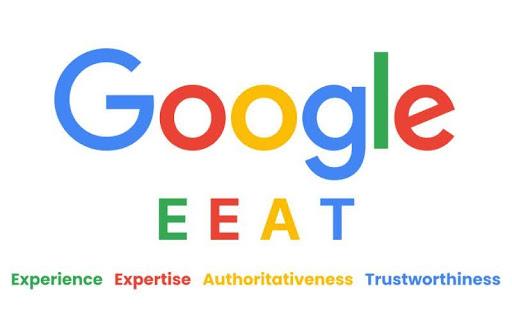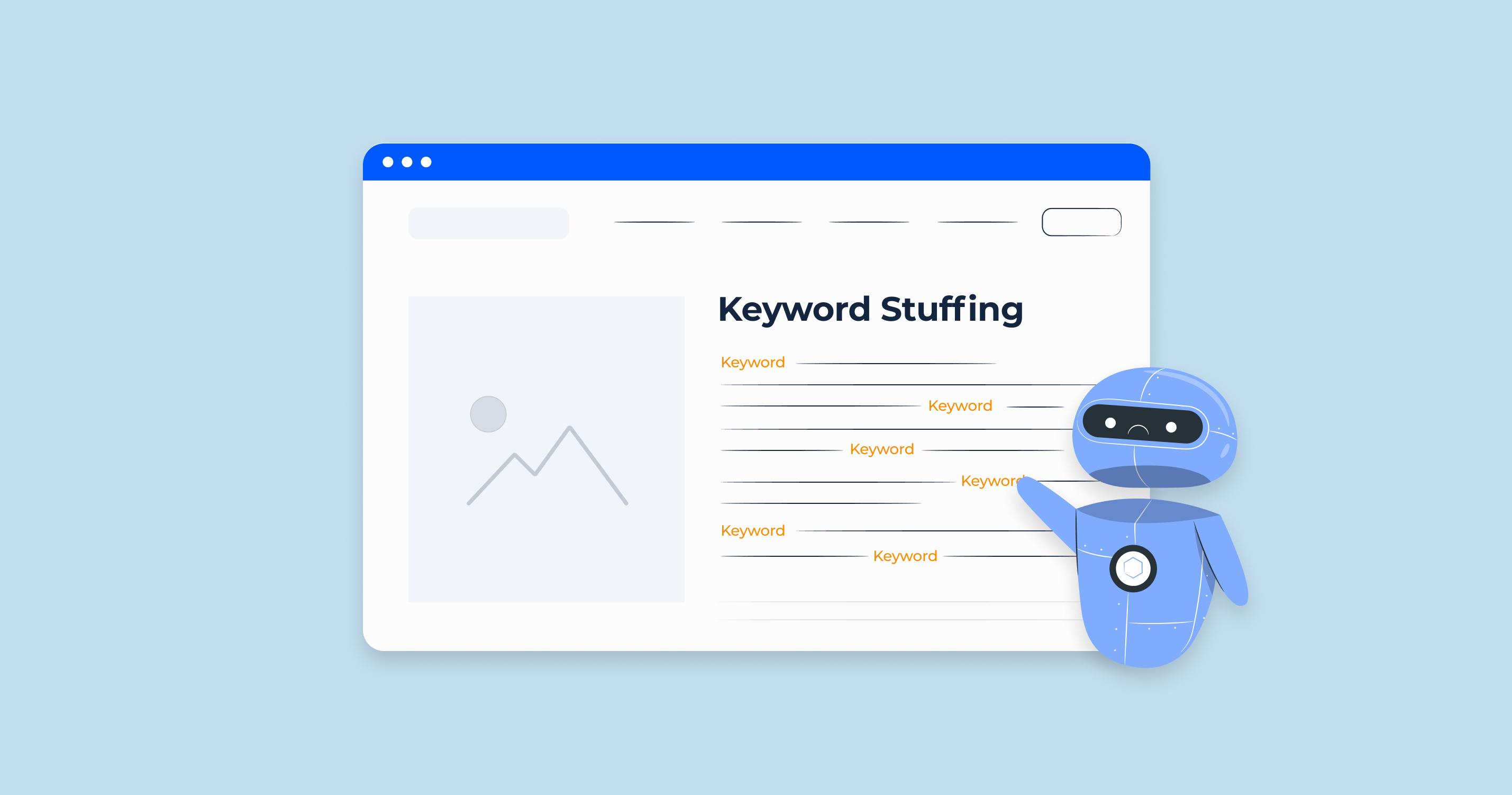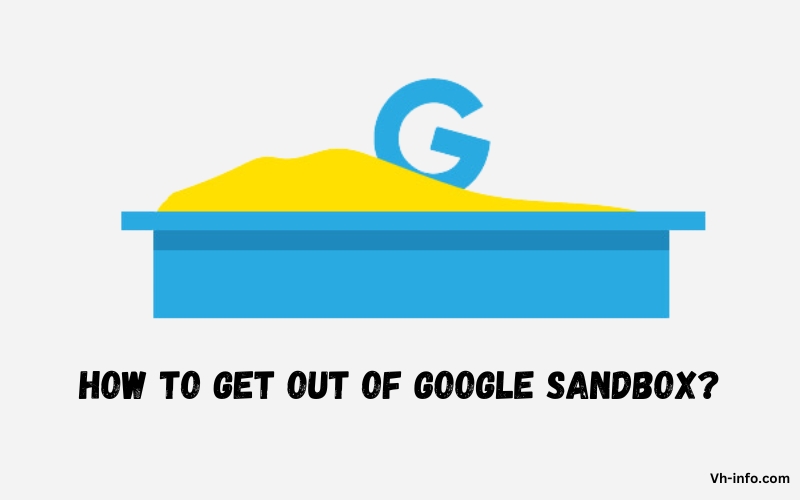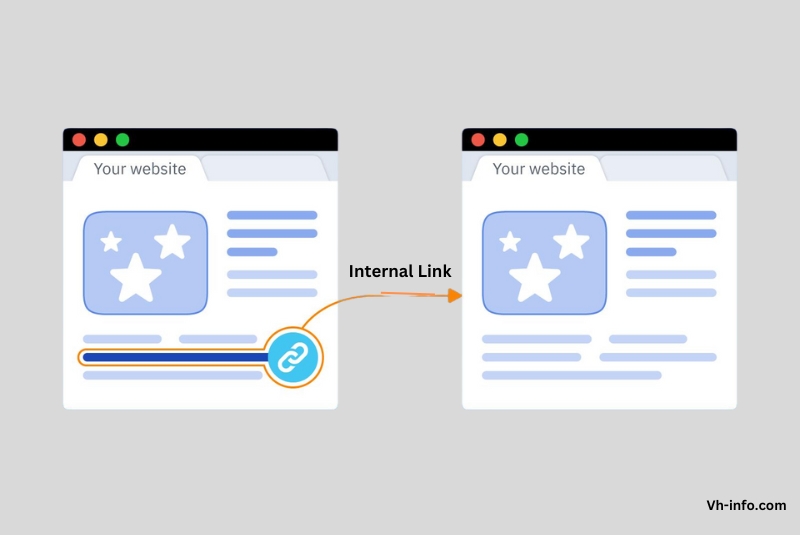If you’ve recently launched a new website and are struggling to gain visibility in Google search results, you may be wondering if your site is stuck in the infamous “Google Sandbox.”
As a SaaS company, understanding the Google Sandbox effect and how to navigate it is important for your SEO efforts.
In this comprehensive guide, we’ll dive into what the Google Sandbox is, why it exists, and most importantly, how you can escape it to start ranking your content and driving organic traffic.
What is the Google Sandbox?

The Google Sandbox is an alleged filter that prevents new websites from ranking well in Google search results for some time, typically a few months.
Think of it like a probationary period where Google closely scrutinizes your site to ensure it meets quality standards before allowing it to compete with established sites in the search engine results pages (SERPs) through search engine optimization.
While Google has never officially confirmed the existence of a Sandbox or the period of time for which it exists, but many SEO professionals and website owners have observed this phenomenon, noticing that their new sites struggle to gain traction in search rankings despite publishing quality content and following SEO best practices during the sandbox period.
History Of Google Sandbox

The concept of the Google Sandbox first emerged in 2004, when many webmasters noticed that their new sites were not ranking well for competitive keywords, even after implementing traditional SEO techniques. This led to speculation that Google had implemented a new algorithm to filter out new websites and prevent them from achieving high rankings too quickly compared to the rest of the websites.
Over the years, the SEO community has debated the existence and mechanics of the Google Sandbox.
In 2005, Google’s Matt Cutts addressed the topic, stating that “there are some things in the algorithm that may be perceived as a sandbox that doesn’t apply to all new websites.”
However, Google’s John Mueller, Webmaster Trends Analyst, has more recently stated that “there is no sandbox,” further adding to the mystery surrounding this concept.
Why is Google Sandbox So Concerning?

For SaaS companies, the Google Sandbox effect can be particularly concerning.
In the competitive digital landscape, establishing a strong online presence and driving organic traffic is essential for growth. If your new website is stuck in the Sandbox, it can delay your ability to reach potential customers and impact your bottom line.
Moreover, the lack of clear information from Google about the Sandbox’s existence and duration can leave SaaS marketers feeling frustrated and uncertain about how to proceed with their SEO efforts.
Why Don’t New Websites Rank Right Away?
The E-E-A-T Factor

One reason new websites may not rank immediately is that they have yet to establish E-E-A-T (Experience, Expertise, Authoritativeness, and Trustworthiness) in Google’s eyes. Google wants to ensure that the content it serves to users is reliable and valuable, so it takes time for new sites to build up this credibility and domain authority.
AI, Plagiarism, and Spam
With the rise of AI-generated content and the prevalence of plagiarism and spam on the web, Google has become increasingly vigilant about the quality of content it indexes. New websites may face additional scrutiny as Google works to filter out low-quality or manipulative content.
Keyword Stuffing

In the past, some websites would engage in keyword stuffing – the practice of excessively repeating keywords in an attempt to manipulate search rankings. Google’s algorithms have evolved to penalize this spammy tactic, which may contribute to the Sandbox effect for new sites that unknowingly engage in keyword stuffing.
How To Get Out Of Google Sandbox?

While there’s no guaranteed way to escape the Google Sandbox, there are several strategies SaaS companies can employ to improve their chances of ranking well in search results.
Build Authority with Quality Link Building

One of the most effective ways to demonstrate your site’s credibility is through quality backlinks from authoritative websites in your niche.
At VH Info, we specialize in helping SaaS companies build high-quality links through targeted outreach, guest posting, and broken link building. Focusing on relevance and authority, you can signal to Google that your site is trustworthy and deserving of higher rankings.
Use Internal Linking

Internal linking is another powerful tool for boosting your site’s SEO. By strategically linking between your own pages, you can help Google understand your site’s structure and distribute link equity throughout your content.
Our team at VH Info can help you optimize your internal linking strategy to maximize its impact.
Avoid Google Penalization

To stay in Google’s good graces, it’s important to avoid any tactics that could be seen as manipulative or spammy. This includes buying links, participating in link schemes, or using automated content generation tools. Instead, focus on creating high-quality, original content that provides value to your target audience.
Publish High-Quality Content

Speaking of content, consistently publishing informative, well-researched, and engaging blog posts and articles is key to demonstrating your site’s expertise and authority. Use keyword research tools to identify relevant topics and optimize your content for search, but always prioritize quality over quantity.
Focus On Branding
Building a strong brand can help your SaaS company establish trust and credibility with both users and search engines. Invest in consistent branding across your website, social media profiles, and marketing materials. Encourage satisfied customers to leave reviews and testimonials, as these can serve as powerful social proof and help boost your online reputation.
Target Low Competition and Long-Tail Keywords
While your new site may struggle to rank for highly competitive keywords, targeting less competitive and long-tail keywords can help you gain traction in search results. Use keyword research tools to identify opportunities where you can rank more easily, and create targeted content around those terms.
Generate Website Traffic With Social Media

Social media can be a valuable tool for driving traffic to your new website and increasing its visibility. Share your content on relevant social media platforms, engage with your audience, and encourage them to visit your site.
While social media signals may not directly impact search rankings, they can help increase brand awareness and generate user engagement, which can indirectly benefit your SEO efforts.
Leverage social media to promote your content and drive valuable traffic to your website, reducing your bounce rate and improving your website’s overall performance in Google’s algorithm.
Don’t Be Too Aggressive
Finally, it’s important not to be too aggressive in your attempts to escape the Google Sandbox especially while publishing your new content.
Avoid using black hat SEO tactics or trying to manipulate search rankings, as this can ultimately do more harm than good to your content quality.
Instead, focus on consistently implementing white hat best practices and working on keywords with less competition – which is the most important factor, and trust that your efforts will pay off over time.
FAQ’s:
How Long Does the Google Sandbox Effect Last?
The duration of the Google Sandbox effect can vary, but most SEO professionals estimate that it lasts between 3-6 months. However, this can depend on factors such as the competitiveness of your niche, the quality of your content, and your overall SEO efforts.
Does Google Deny the Existence of a Sandbox?
Yes, Google has never officially confirmed the existence of a Sandbox. In fact, Google’s John Mueller has stated that “there is no sandbox.” However, many SEO experts and website owners have observed the phenomenon of new sites struggling to rank, leading to the widespread belief in the Sandbox’s existence.
How to Detect if your Website is in the Sandbox?
If your recently launched website is having difficulty appearing in search results for its intended keywords, even though you are producing high-quality content and following SEO guidelines, it might indicate that your site is in the Google Sandbox.
To keep track of your website’s traffic and search performance, consider using tools such as Google Analytics and Google Search Console.
Furthermore, using SEO tools like Ahrefs, SEMRush & Mangools can assist you in monitoring your website’s development and making necessary modifications to enhance its ranking.
Can an Old Website Go in the Sandbox?
While the Google Sandbox is primarily associated with new websites, there is some evidence to suggest that established sites can also be affected if they engage in spammy or manipulative tactics that violate Google’s guidelines. This is sometimes referred to as the “Sandbox 2.0” or “Sandbox Refresh.”
While it is majorly a theory, a lot of seos claim that it happens because of lack of user signals and a poor internal links strategy.
Does Google Sandbox Actually Exist?
The existence of the Google Sandbox is a topic of ongoing debate in the SEO community. While Google has never officially confirmed it, many SEO professionals and website owners have observed the phenomenon of new sites struggling to rank.
Ultimately, whether or not the Sandbox exists, focusing on creating high-quality content and following SEO practices is the best approach for any website looking to succeed in search.
Conclusion
Dealing with the Google Sandbox can be tough for SaaS companies trying to build a strong online presence. But by knowing what causes the Sandbox effect and using proven SEO tactics, you can boost your chances of getting out of the Sandbox and ranking higher on Google.
At VH Info, we specialize in helping SaaS companies build high-quality links and optimize their websites for search. Our team of SEO experts stays up-to-date on the latest best practices and algorithm changes to ensure that our clients are always one step ahead.
Whether you need help with your content plan, getting authoritative backlinks, or making your on-page SEO better, VH Info has the needed tools and know-how to make it happen.
With the right strategy and a reliable ally like VH Info, you can tap into your website’s full potential and get the organic traffic and growth your business needs to succeed.

